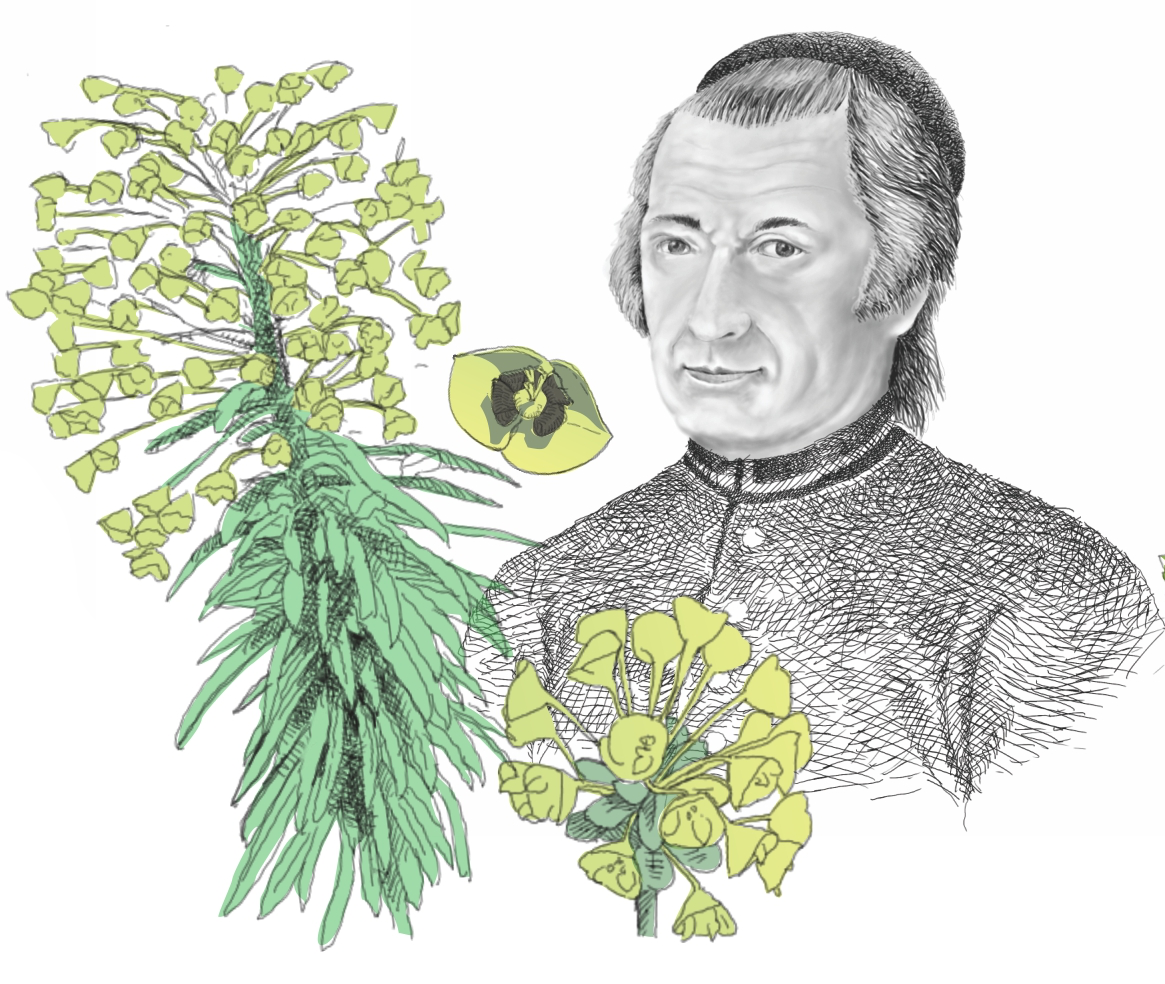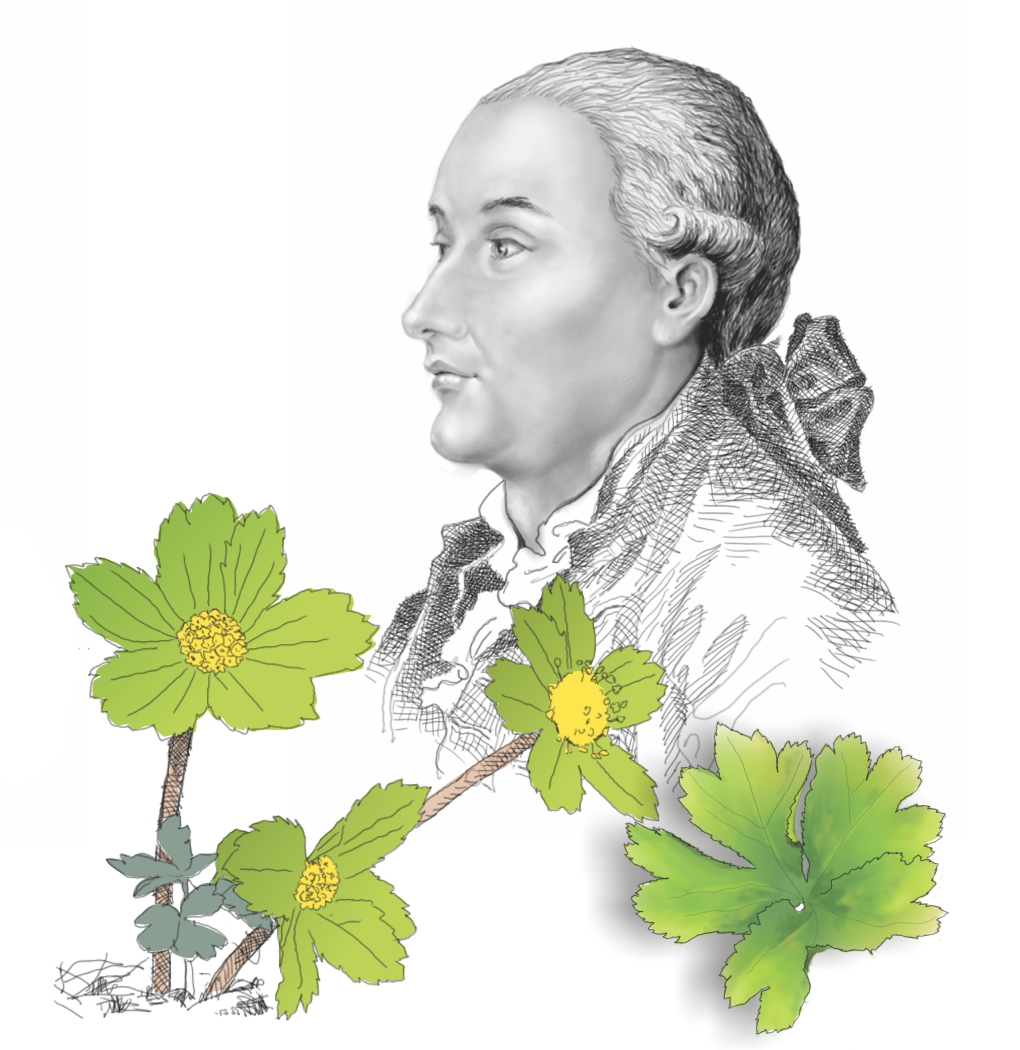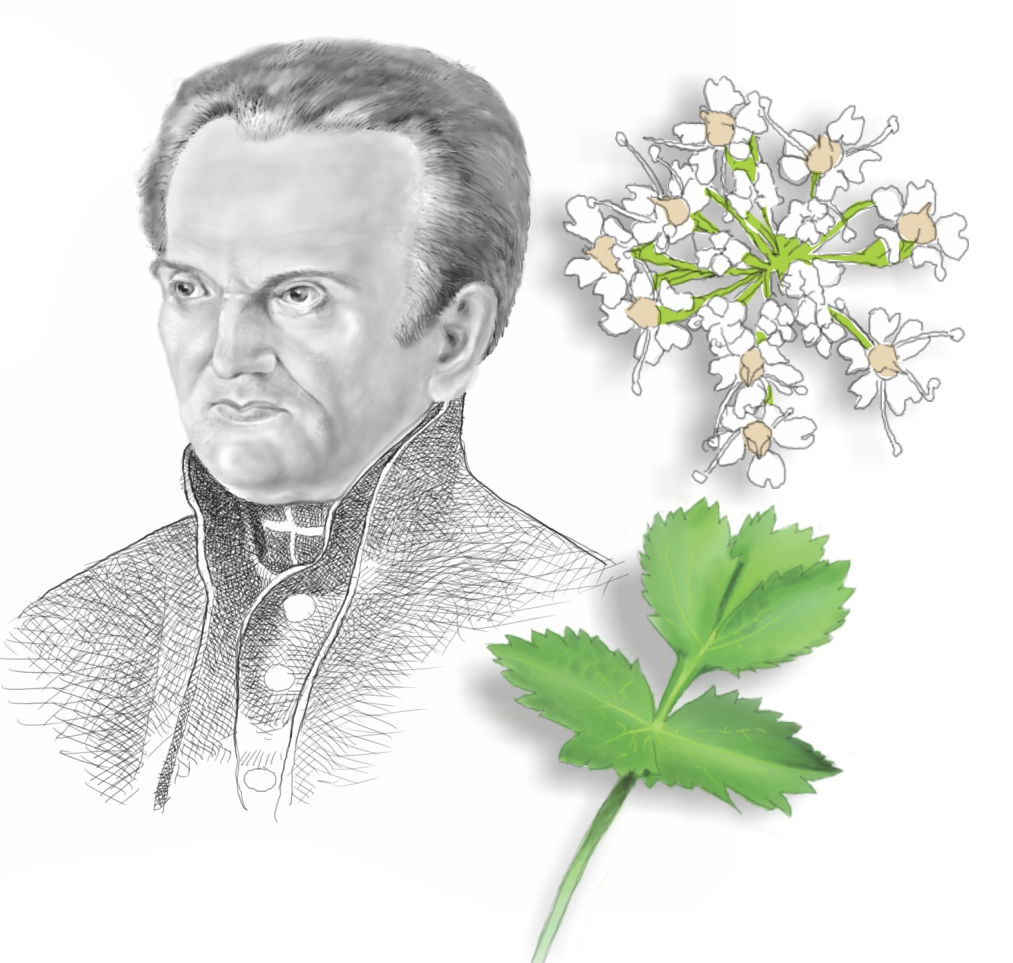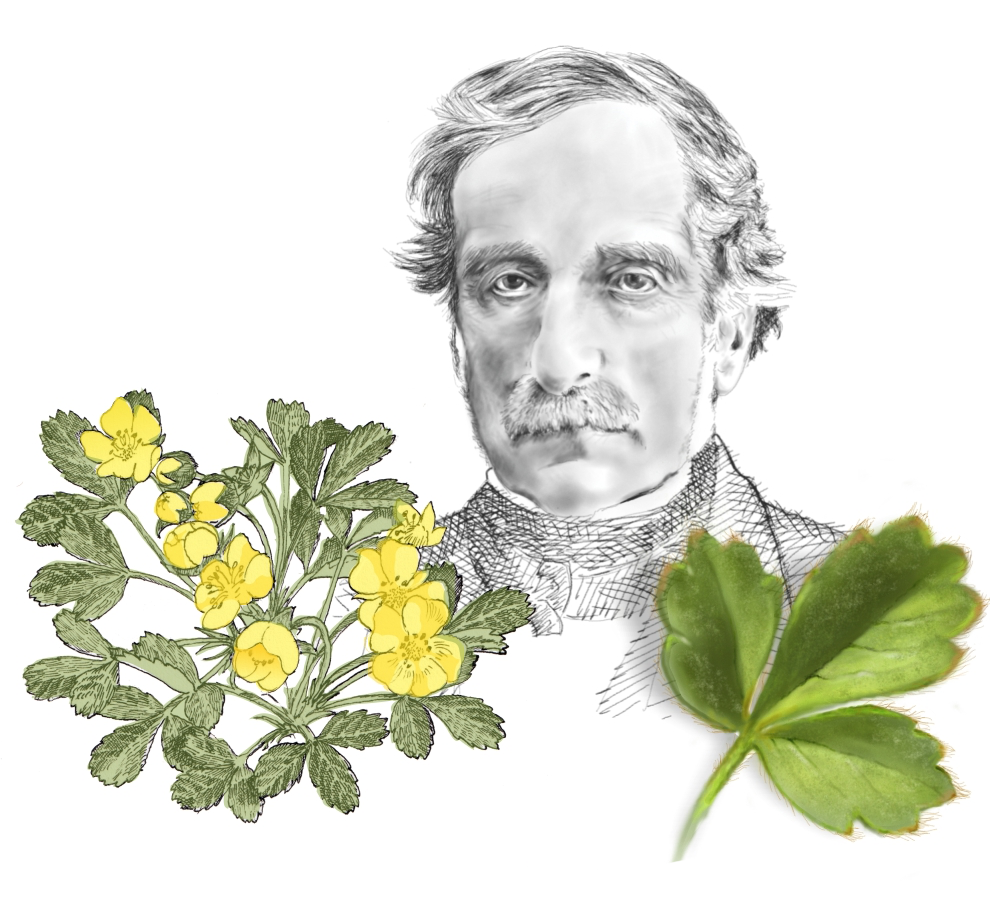Important botanists for Carsiana
Since the 16th century, the Friuli Venezia Giulia region has fascinated many renowned names in botany who have travelled here to study its flora.
They left traces of their discoveries in the names of many species dedicated to them, which we can also appreciate at the Carsiana Botanical Garden. Hence the idea to tell something of the lives of these illustrious people, whose names we often find on identification tags in the garden, but whose biography often remains unknown.
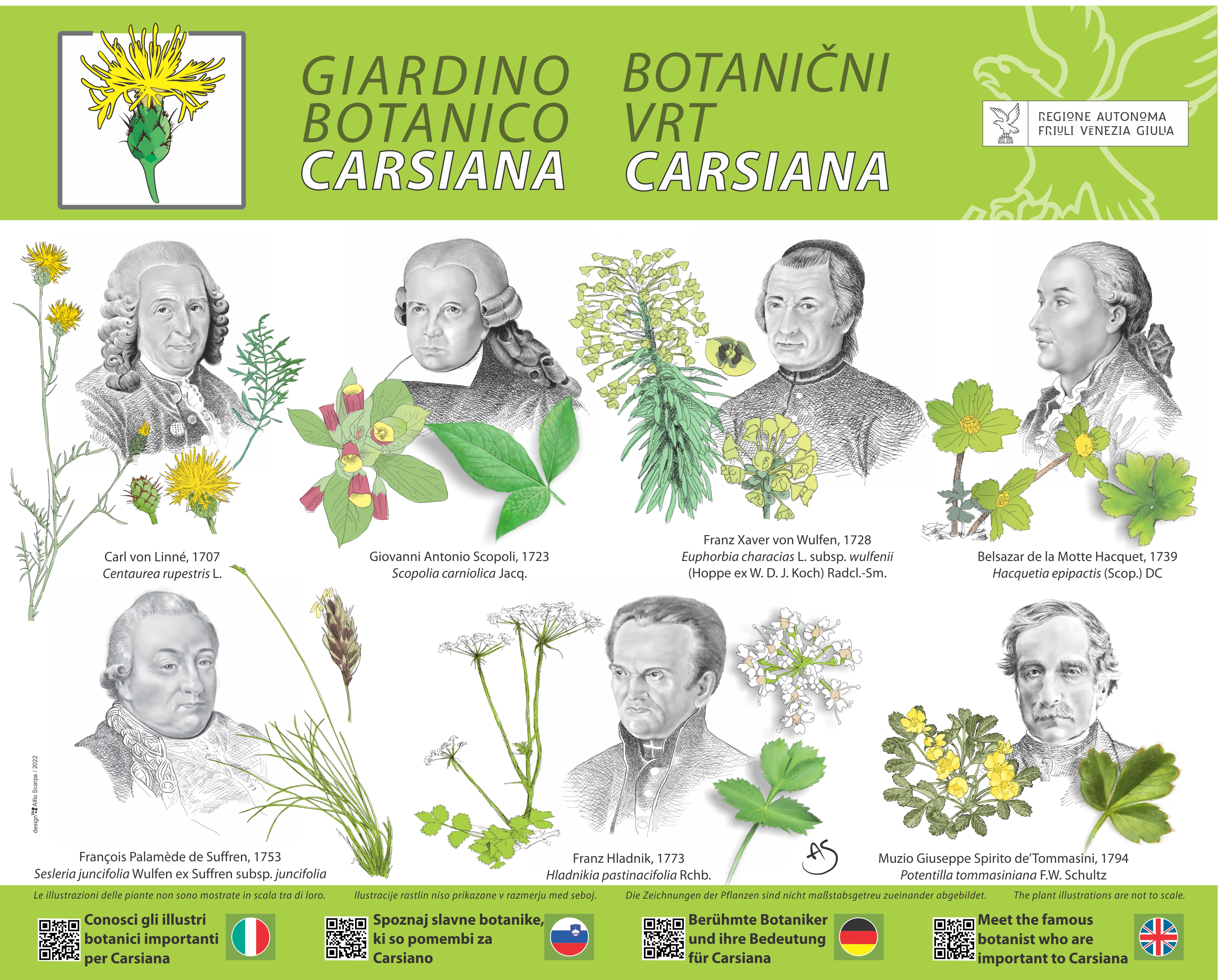
Born in 1707, Linnaeus was a physician, botanist and naturalist. He is credited with the binomial nomenclature used for modern scientific classification.
Inclined towards a career in the church, his passion for botany was such that his father convinced him to send him to university, where he chose to study medicine. While still a student, he began to formulate his theory for a taxonomic classification based on the reproductive organs of plants. He obtained a teaching position at the Botanical Garden, but was also condemned by the Lutheran Community for choosing to base this method on the 'sexual apparatus' of plants in a disreputable manner.
His long career as a physician and botanist led him to carry out and then organise scientific expeditions all over the world, producing a herbarium of some 14,300 specimens that is still kept today at the Linnean Society in London. He also made substantial contributions to the study of epidemic diseases, plant pharmacopoeia, and dietetics, but his main work was the 'Systema Naturae', a six-volume work outlining the hierarchical classification of the natural world because, as he said: " If you do not know the names of things, the knowledge of them is lost, too."
His tomb, at his indication, bears the inscription 'Prince of Botanists'.


